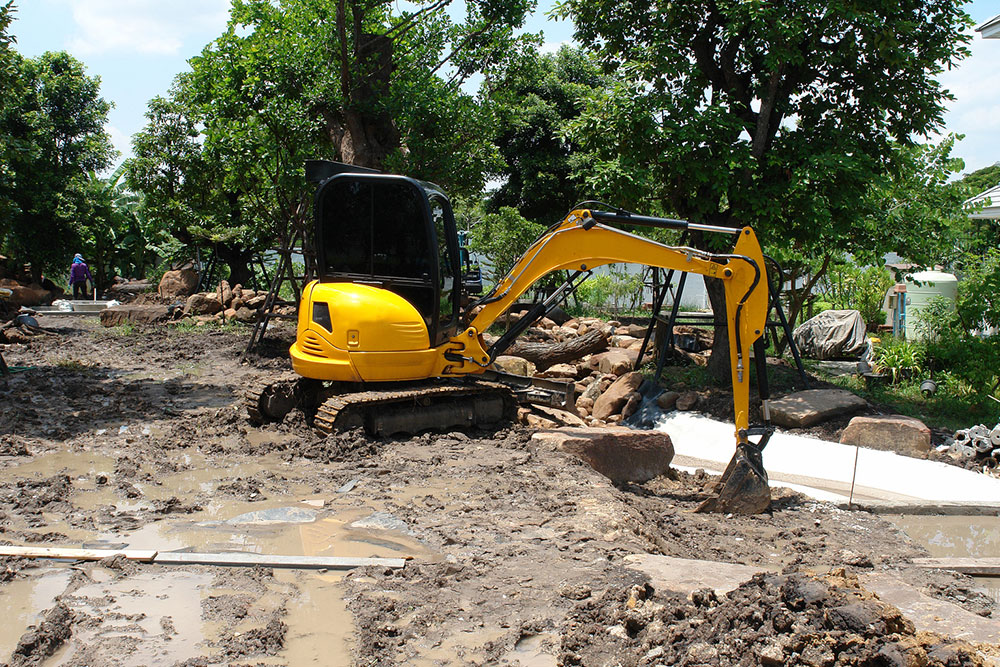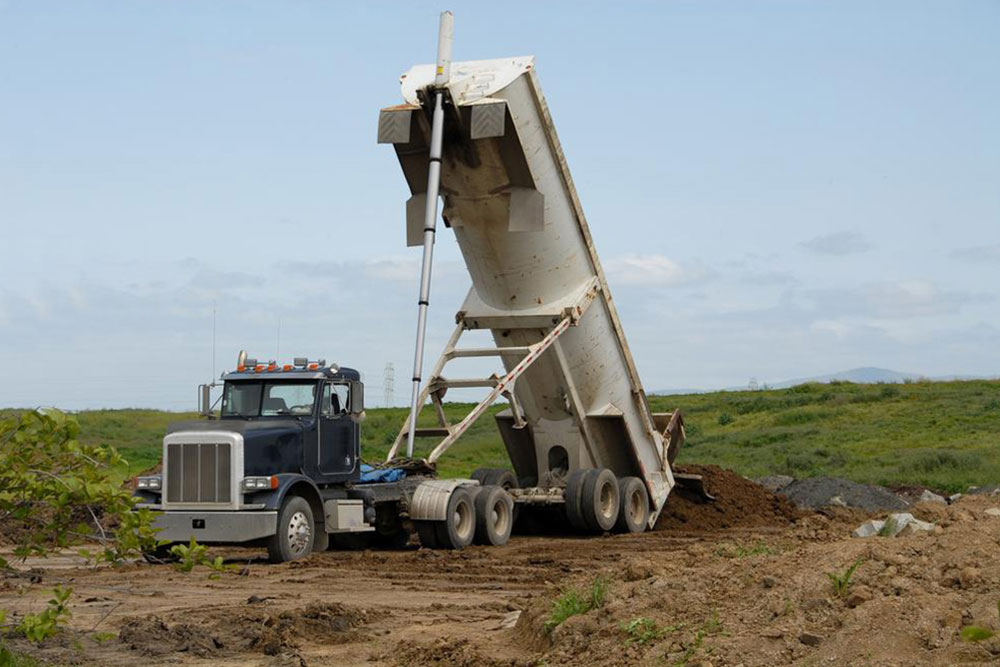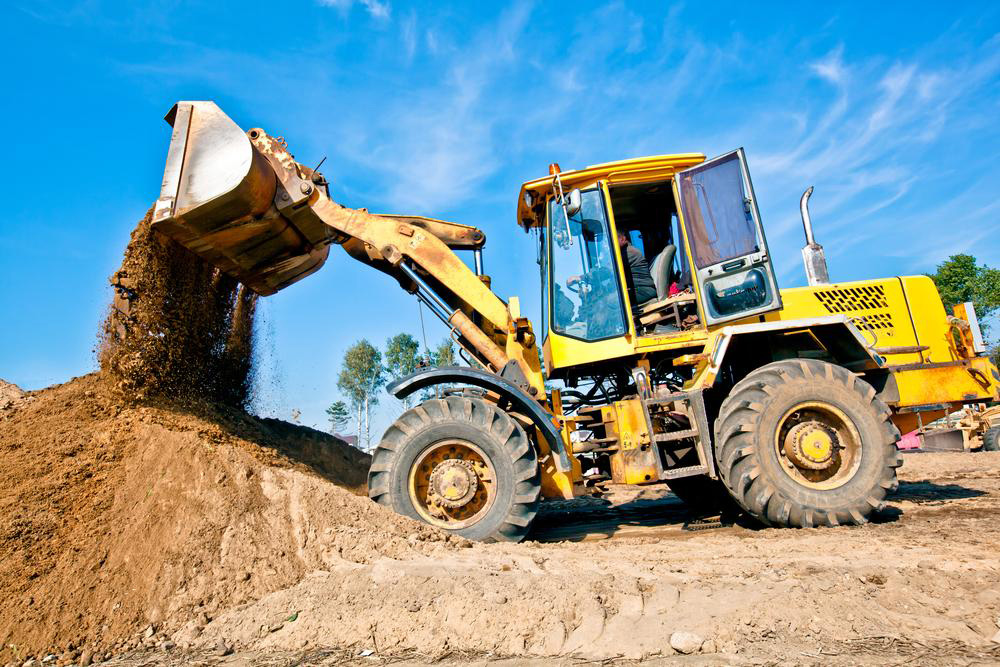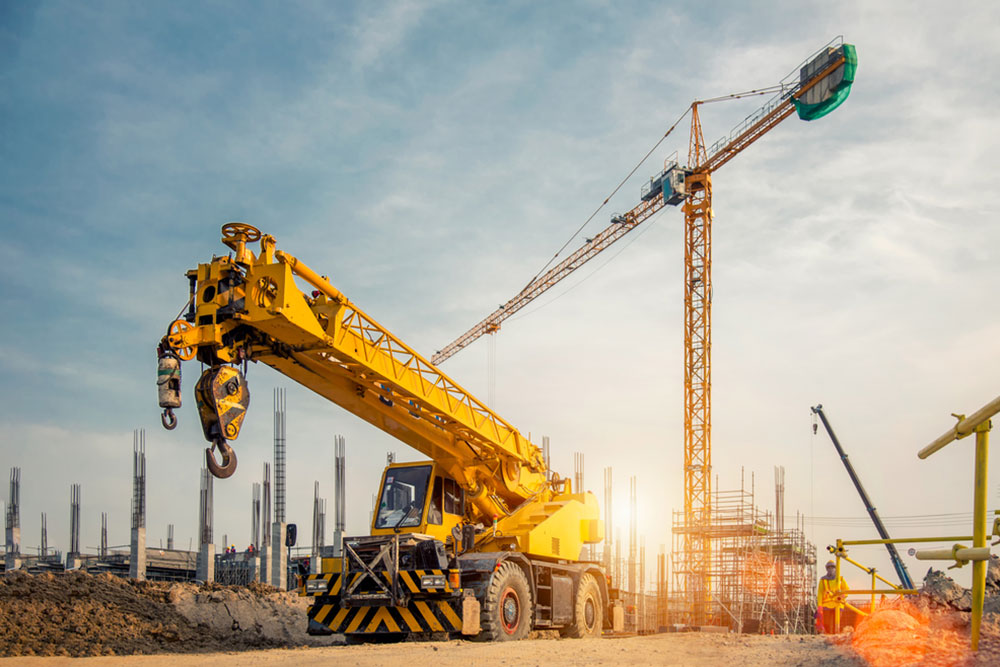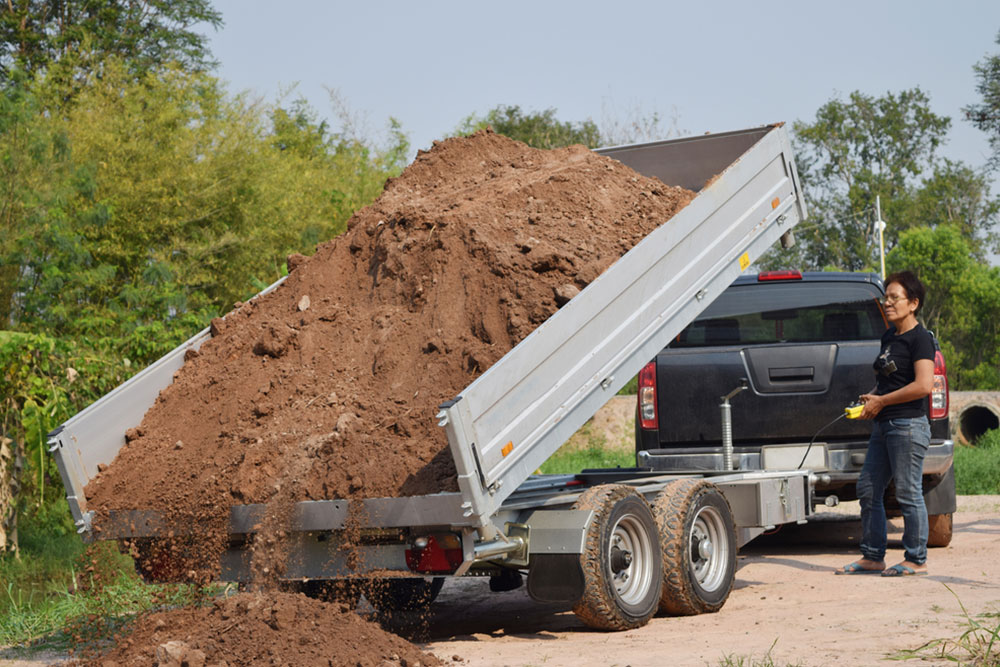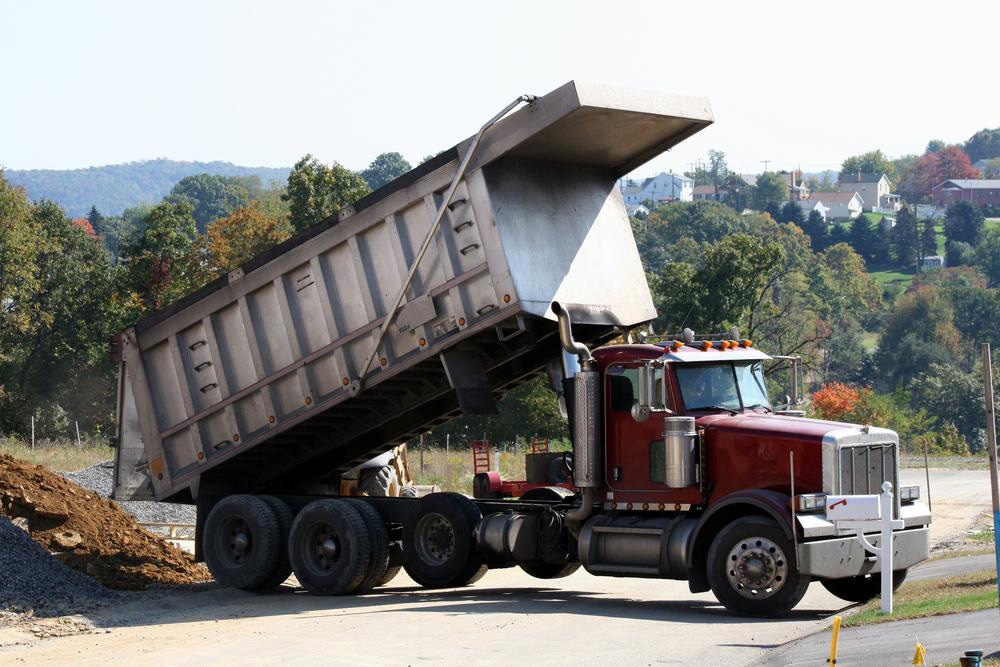Complete Buying Guide for Skid Steer Loaders
This guide offers a detailed overview of how to select the right skid steer loader for your needs. It covers assessing worksite requirements, choosing between new and used models, key features to consider, and final inspection tips. Perfect for industry professionals looking to make informed buying decisions, ensuring long-term performance, safety, and cost efficiency.
Sponsored

Skid steer loaders are vital tools across industries like construction, landscaping, agriculture, and forestry. Their compact design, agility, and high performance make them ideal for diverse terrains and tasks. Purchasing a skid steer is a significant investment, requiring careful consideration of various factors to select the right model. This comprehensive guide will help you navigate the process of buying a skid steer loader that meets your operational needs and budget.
Assess Your Operational Needs
Identify Job Functions
Begin by understanding the specific tasks you need the skid steer to perform. These machines excel at digging, loading, grading, and demolition, among others.
Determine the primary environments where the loader will work. Small-scale landscaping tasks might require a compact model, whereas heavier construction demands a more powerful unit.
Consider Worksite Conditions
Evaluate the terrain and space constraints. For tight areas, a smaller, highly maneuverable loader is ideal. For uneven or rough terrain, opt for models with enhanced ground clearance and durable tires.
Engine Power and Size
The required engine horsepower varies based on the workload. Light-duty applications may need models with 20-50 hp, while demanding tasks could require units exceeding 100 hp.
Pay attention to lifting capacity as well, which influences productivity and suitability for your projects.
New vs. Pre-Owned Skid Steer Loaders
New loaders offer the latest technology — improved fuel economy, comfort, and warranty coverage, but come at a higher price. Used loaders can be budget-friendly if well-maintained; always check service history and inspect for wear or damage, and inquire about warranties.
Essential Features to Evaluate
Attachment Compatibility
Skid steers are compatible with diverse attachments like buckets, augers, and breakers. Confirm that the model supports your preferred tools, and consider quick-attach systems for efficient switching.
Operator Comfort and Safety
Choose models with ergonomic cabins, adequate visibility, and straightforward controls. Safety features such as ROPS and FOPS are crucial for operator protection.
Maintenance Accessibility
Select machines with easy access to service points, clear maintenance schedules, and reliable parts availability. A good dealer network ensures support during repairs.
Fuel Efficiency and Emissions
Opt for models that meet modern fuel efficiency standards and emission regulations, which can lower overall operational costs and environmental impact.
Financial Planning
Set a budget and explore financing options, including loans or leasing. Consider the total lifecycle costs, including insurance and maintenance, to ensure long-term cost-effectiveness.
Return on Investment (ROI)
Assess how the loader will boost productivity, reduce labor hours, and enhance project turnaround, ensuring a worthwhile investment over time.
Final Steps: Inspection and Purchase
Conduct thorough inspections and test drives. Check for signs of wear, test controls, and evaluate machine performance. Buying from reputable dealers and brands guarantees quality and post-sale support, securing your investment.
By carefully reviewing your needs, inspecting machines thoroughly, and partnering with trusted suppliers, you can select a skid steer loader that delivers safety, efficiency, and excellent value for your operations.

